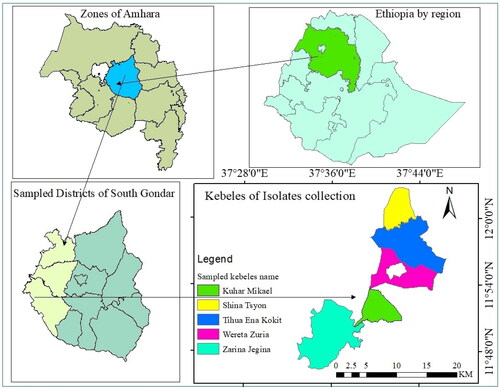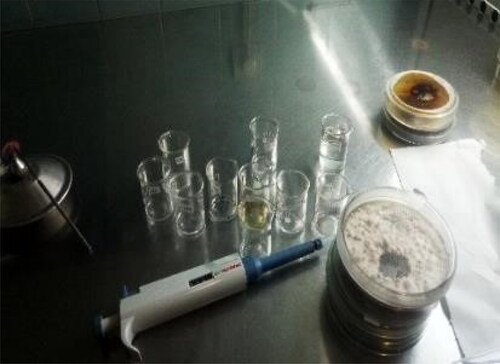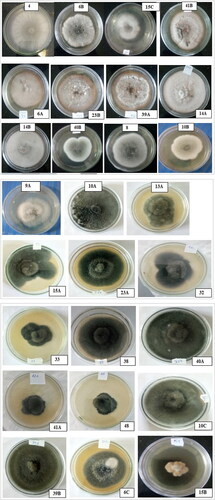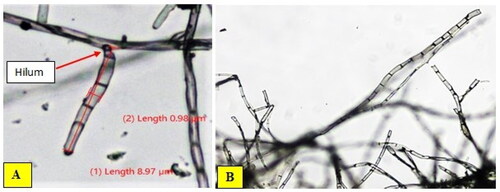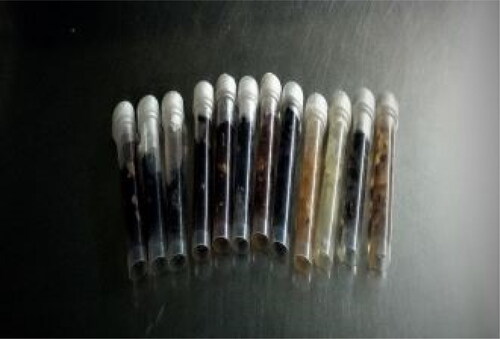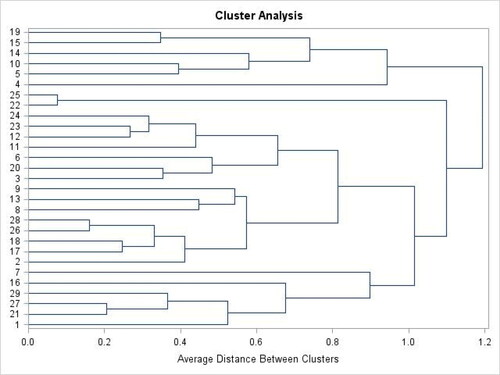Figures & data
Table 1. Description of collected B. oryzae isolates.
Table 2. Groups of B. oryzae isolates by colony growth pattern and colour.
Table 3. Morphological variability of B. oryzae isolates on artificial growth media.
Table 4. Characteristics of B. oryzae conidia and dry mycelial weight.
Table 5. Clusters of B. oryzae isolates collected from three districts based on morphological characters.
Table 6. Cluster means of some morphological parameters of B. oryzae.
Data availability statement
The authors confirm that the data supporting the findings of this study are available within the article.

